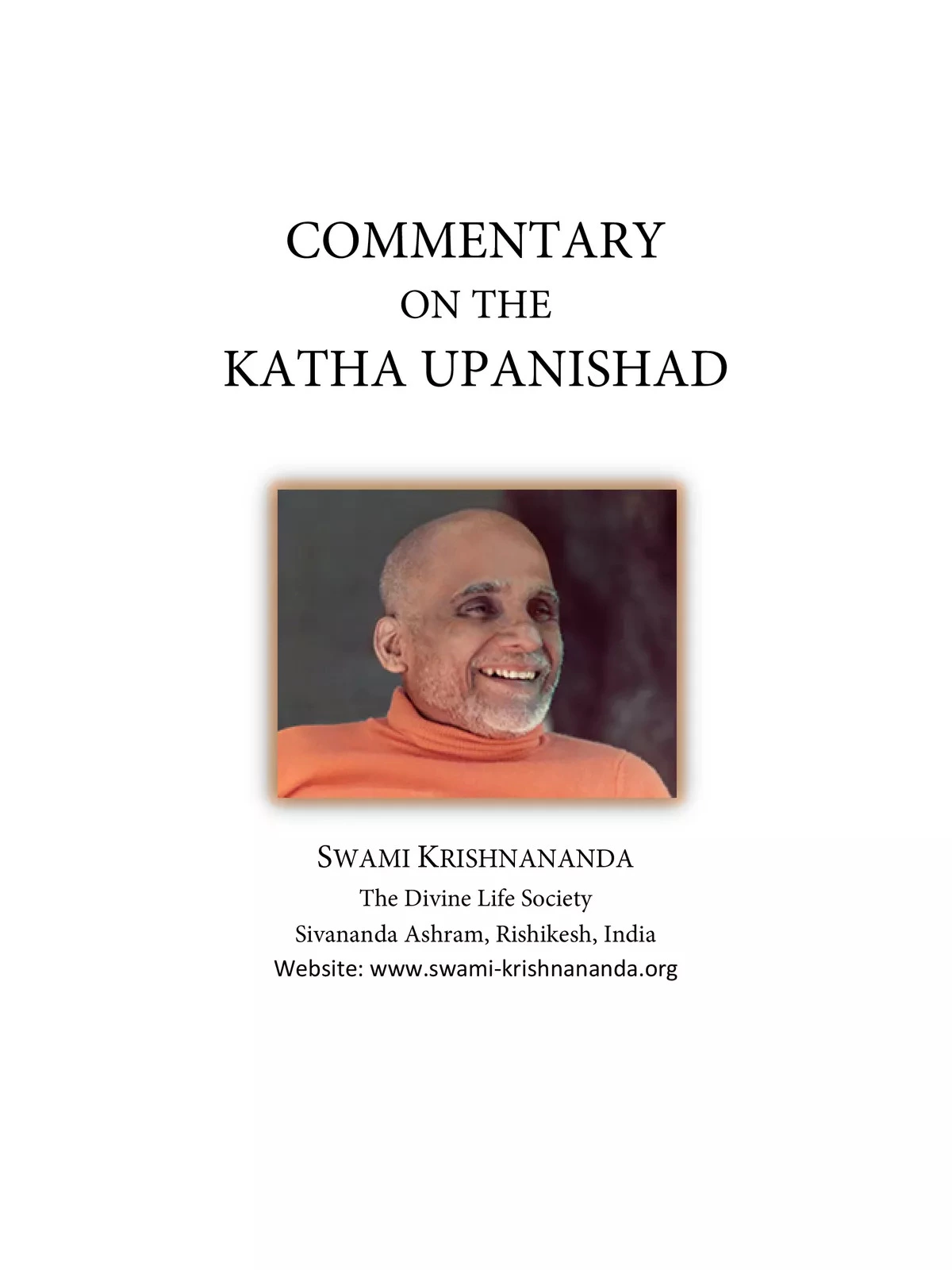
Katha Upanishad
The Katha Upanishad is an important ancient Sanskrit corpus of the Vedanta sub-schools and an influential Śruti to the diverse schools of Hinduism. The Katha Upanishad (Kaṭhopaniṣad) is one of the mukhya (primary) Upanishads, embedded in the last eight short sections of the Kaṭha school of the Krishna Yajurveda.[1][2] It is also known as Kāṭhaka Upanishad and is listed as number 3 in the Muktika canon of 108 Upanishads.
Katha Upanishad asserts that “Atman (Self) exists”, teaches the precept “seek Self-knowledge, which is Highest Bliss”, and expounds on this premise like the other primary Upanishads of Hinduism. The Upanishad presents ideas that contrast Hinduism with Buddhism’s assertion that “Soul, Self does not exist”, and Buddhism’s precept that one should seek “Emptiness (Śūnyatā), which is Highest Bliss”. The detailed teachings of Katha Upanishad have been variously interpreted, as Dvaita (dualistic) and as Advaita (non-dualistic).
Katha Upanishad
- The Katha Upanishad may be regarded as a most appropriate introduction to spiritual life in general. The story with which the Upanishad begins provides the proper foundation for commencing a study of the science of the higher life of man. From the exoteric ritual of the performance of sacrifice and charity by Sage Vajasravasa, the Upanishad takes us to the spiritual longing of the seeker, Nachiketas, which moves along a definite pattern of development. In the movement from the outward liturgy of Vajasravasa to the inner aspiration taken towards the higher consciousness.
- The second step is the rise from temporal relationships to the universal significance of all things, found in the all-comprehensive Vaisvanara, known also as Hiranyagarbha in its higher manifestation, and as Virat in its lower universal form, represented in the second boon granted by Yama.
- The third step is the ascent from the universal to the Absolute, which is the third boon asked for by Nachiketas, but most reluctantly granted by yama, after subjecting him to a severe test in the form of supernormal temptations of sense and ego, to which even the best minds cannot but succumb when placed in Favourable circumstances.
- The Upanishad leads us on to the theme of yoga proper, Yoga is to be understood in the sense of that integral method whereby the individual is attuned to the Supreme Being. It is neither a creed nor a tradition, but the law governing the universe, and made manifest in the conscious activity of every awakened individual. The Upanishad is the basic text of this sublime theme.
You can download the Katha Upanishad PDF using the link given below.